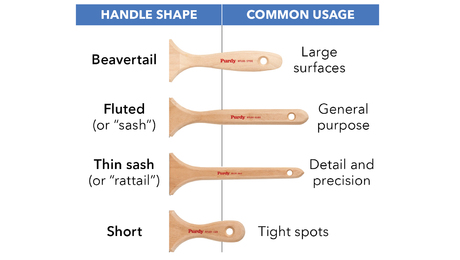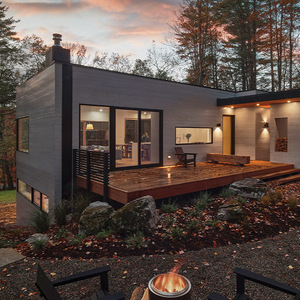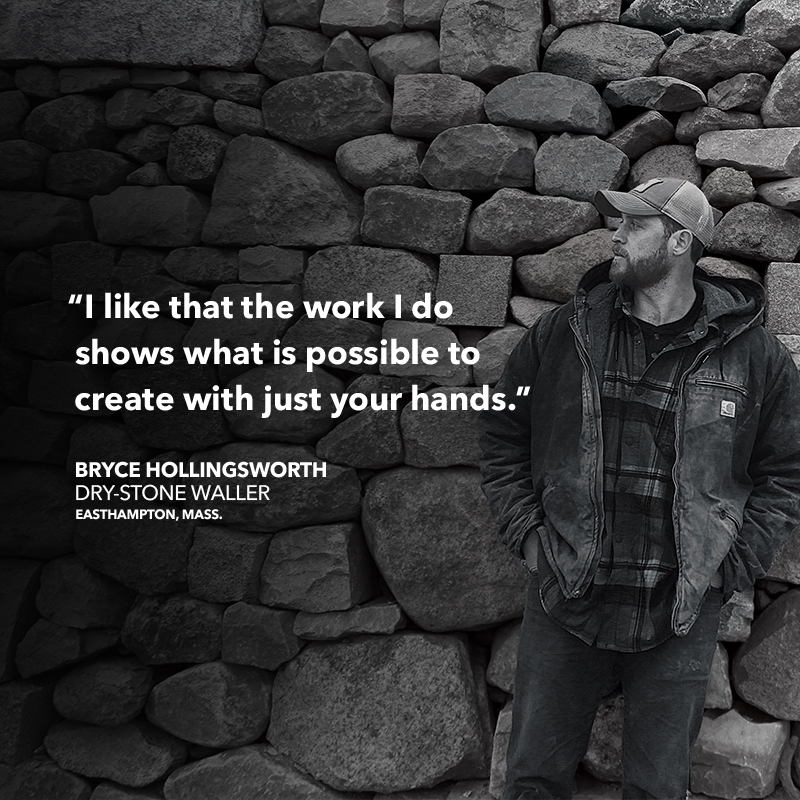I just got done with a small tile patch job – thanks all for the tips and techniques! While I was doing it, I ran into a bit of a conundrum… drying time.
Here are the products I used: Plaster of Paris (DAP), Kilz low oder oil primer, Backsplash/Tile adhesive, latex grout, silicone sealer. Reading the instructions, each layer calls for a 24 hour dry or cure time. Hmmm… do I let this hole in the tile last 5 more days, or do I “shorten” the dry time? This was my in-laws guest bath, which is only used 2 weeks a year, so I figured a condensed dry time might be OK.
But how about you guys in the field? What things can have a shortened dry time? Is there anything that you commonly use to help along the process? Are there some things you can NEVER shorten the dry time on?
Rebuilding my home in Cypress, CA
Also a CRX fanatic!



















Replies
some of those are going to act as blockers to the other encapsulated layers
you will PROBABLY get away with it .. but it ain't good form
what you should do is reduce the dry times by adding accelerators ( such as "japan dryers ).. or using accelerators ( such as a heat gun )
sometimes you can set up a situation where somethings will never dry
As an aside, Japan DrIERS can IMPEDE drying times , when misused...too much has the exact opposite effect and will weaken the properties of most Varnish..don't ask me how I learned that tidbit
HAppy day for the whole Smith family! Spheramid Enterprises Architectural Woodworks
" Nie dajê siê olœniæ statkami parowymi i kolej¹ ¿elazn¹. Wszystko to nie jest cywilizacj¹. - Francois Chateaubriand (1768 - 1848) "
Yes, I was using a heat gun to help remove the last surface moisture on the plaster - that I waited 24 hours on. I also kept a fan blowing dry air on the area the whole time. I figure a concrete type substance can't really be hustled along much (without disaster) but paints, glues, and caulks might.
I take it the japan dryer is a chemical accelerant of some kind?
I know you do larger projects Mike, but what about the smaller patch type jobs? Really, would the "handypeople" here actually take 5 days to complete a job that used five products that each said it had a 24 hour drying time? I can't imagine that being at all profitable on such a small scale.
I do agree that it is NOT good form, and NOT the best way to do a job... but sometimes speed may trump best - as in this specific case. When it was done, it felt as sturdy as the rock around it, but I told them I bought them mabey 6 months, maybe. But if it only gets used 2 weeks a year, maybe it will last alot longer.Rebuilding my home in Cypress, CA
Also a CRX fanatic!
Profitable,......4 hr min. enough said
james
Paul, you cant shorten chemical drying. When you add serious heat the product molecular structure lines up improperly, and you will be coming back anyway.
You can shorten times by using 'hot mud' like 90, or 45, there is a 5, but Ive never used it. Trapped moisture makes tiles fall off. If the place is only used a few times a year whats the bother with going back in a few days or a week.
The manufacturer wouldnt say it if it wasnt true, its not like its an overblown safety issue, its directions.
When clients ask me to speed it up, I tell them to find another contractor. Maybe thats why I have never had a call back.
-zen
materials that dry can only dry.. some materials that dry can be substituted for.. like joint compound can be replaced by a "setting compound" or hot mud , as zendo referred to it..
about 5 years ago we changed from joint compound to Durabond 90 as our standard 1st coat.. we still use joint compound as our final coat, but the layer is so thin that the dry time is overnite... or a small patch can be dryed with a heat gun
like paint samples in a paint store....
when we are working outdoors with epoxy, we sometimes pre-heat the area with a heat gun
there is a limit to what you can do to speed the process without harming the resultsMike Smith Rhode Island : Design / Build / Repair / Restore
Why the switch to Durabond for the taping coat?
Jon Blakemore RappahannockINC.com Fredericksburg, VA
Jon,
Joint compound dries through water evaporation. Durabond 90 (minute), and 45 (minute) are an exothermic chemical reaction that starts when you add water. Basically go into solution, and then chemically harden in 90 or 45 minutes. If speed is important, then this is the way to go. Once the reactants create the product the "green time" is pretty much over.
Its a quick way to get a coat done and get back to it on the same day. Its also the product to use for big gaps because it is much stronger than joint compound. Joint compound is better for the last coat because its an easy one to sand, and you can thin it to a skim, filling imperfections, the open time is longer so you dont have to rush.
When I have a client with a patch job I can furr in, fill with a few coats of 90, do other things, and hit it the same day with final coat of joint compound. The next day, or when Im available I can lightly sand and paint.
-zen
zendo pretty much summed it up....Mike Smith Rhode Island : Design / Build / Repair / Restore
zendo pretty much summed it up....
Indeed he did. The one thing he didn't mention is that the setting compounds don't shrink as they cure. that's one more reason why they're ideal for large gaps.
One thing to be careful to avoid: Make sure that any sanding will be done on only one type of compound. In other words, if you have high spots that are comprised of setting AND drying compounds, you will find it much harder to sand to a feather edge because they sand at different rates. You'll know what I'm talking about if you've ever tried to sand flush a hardwood plug in a piece of pine.
-Don
Zendo and Mike,I understand the benefit of using a settin type compound but why Durabond over EZ sand? Is the extra strength really that necessary?
Jon Blakemore RappahannockINC.com Fredericksburg, VA
as far as i can tell... the easy-sand is too soft.. actually softer than joint compound
and the D90 is the strongest ... and not too long a setting time
so, for the extra strength ( slight though it may be )..... longer working time.... fast enough setting time... and trying not to confuse myself.. ( probably the best reason ).. i always buy the D90...
now ... if i could just convince roy to do 1st AND 2d coats with D90,
we could get the joint compound down to the 3d & last coatMike Smith Rhode Island : Design / Build / Repair / Restore
I've been using easysand 45 because it seems to mix up smoother. How do you get the durabond to mix up sans lumps?
Stacy's mom has got it going on.
use a plaster paddle...plasterers don't get lumps.. neither does durabond.. takes a half inch drill and a big paddle though...
or.. maybe it's got lumps and i just don't notice.. we only do first coat with itMike Smith Rhode Island : Design / Build / Repair / Restore
don't listen to Mike ....
stick with the Easy Sand and avoid the Durobond at all costs!
Jeff Buck Construction
Artistry In Carpentry
Pittsburgh Pa
You can also get quickset thinset, that "supposedly" can be grouted in 2 hours (I think it's 2). I have used it, but I wait as long as possible before grouting. Like if I can get the tile on before lunch, I grout just before knoocking off for the day. It is handy for tile repairs.
"When asked if you can do something, tell'em "Why certainly I can", then get busy and find a way to do it." T. Roosevelt